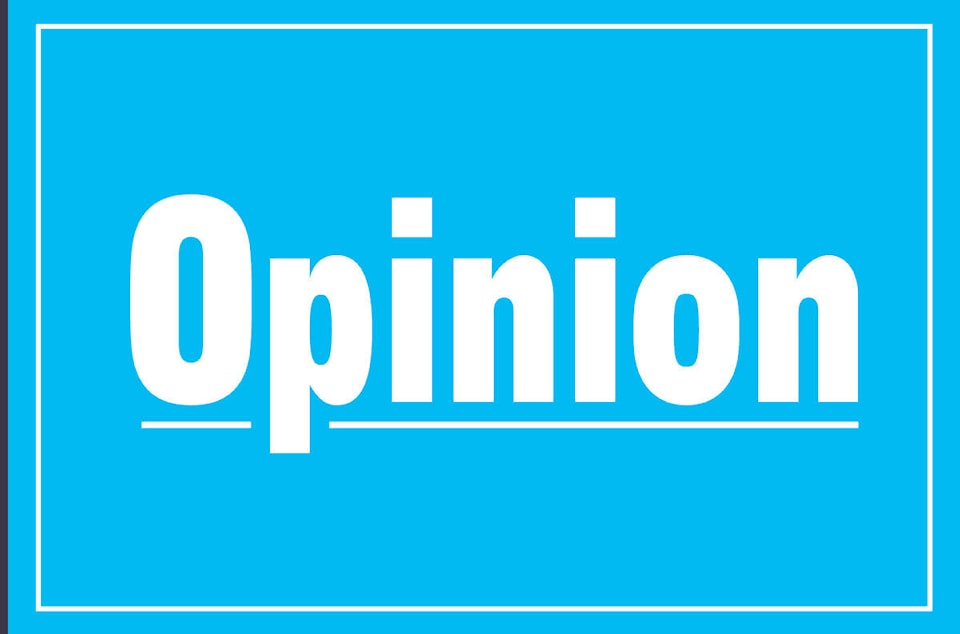With Boris Johnson’s elevation to the U.K. prime minister’s job last week, Canada’s two closest allies, Britain and the United States, are now led by politicians who are looking to change the face of conservatism worldwide.
So how long can Canada stand apart from the forces that have put renegade conservatives Donald Trump and Johnson in charge of their countries?
If history is repeating itself, the answer may well be concise: four years. Remakes aren’t crafted only in Hollywood.
Forty years before Justin Trudeau has been forced to contend with Trump and Johnson, there was Ronald Reagan and Margaret Thatcher — also transformative conservative politicians — and another Trudeau serving as Canadian prime minister.
Pierre Trudeau, like his son today, didn’t have much in common with the leaders chosen to head Britain and the United States, or with the brand of conservative politics that swept Reagan and Thatcher to office at the dawn of the 1980s.
Trump is no Reagan and Johnson is no Thatcher, but the leaders of Britain and the United States in the early 1980s were putting a whole new stamp on conservatism, tapping into economic anxiety of their country’s middle class and using new tools of marketing and communications to build their base.
Many Canadians thought Reagan-Thatcherism couldn’t happen here. Much of it did.
History books show that Pierre Trudeau and his team initially saw Reagan as a bit of a joke, an entertainer-turned-politician with some disturbingly hardline views. Sound familiar?
Thatcher was the Iron Lady who famously said, “There’s no such thing as society,” while Trudeau was still here in Canada touting the just society and casting government as a uniting, progressive force for citizens.
“We did feel that we were the defenders of a liberal, national order,” says Tom Axworthy, who served as principal secretary to Pierre Trudeau, when I asked him about the parallels.
Axworthy is cautious about seeing today’s U.S. and U.K. leaders as direct descendants of their 1980s counterparts.
“Thatcher was extremely intelligent and articulate and Reagan was the greatest communicator I ever met in politics.”
Pierre Trudeau clashed often with Reagan and Thatcher at international meetings — perhaps not as explosively as the Trump-Trudeau spat that burst into the open last year, but it was a constant tension in the early 1980s.
Then, as now, when it came to global summitry, Canada found more congenial, progressive alliances with the leaders of Germany and France.
And with the U.S. and Britain acting as international conservative hawks in the 1980s, Pierre Trudeau spent some of his final term in office on an international peace crusade, after he’d finished patriating the Constitution and bringing a Charter of Rights and Freedoms to Canada.
By 1984, though, Trudeau, his peace crusade and much of his liberal resistance were swept aside. Canadians had gone from scoffing at Reagan and Thatcher to electing a prime minister who would be cosy with them — Brian Mulroney.
For the current crop of Trudeau Liberals, this long look at historical parallels should be more than a stroll down memory lane. As in the early 1980s, it should prompt some provocative questions about whether Canada’s closest historic allies are once again out front of a political revolution that’s simply inevitable here.
If that’s the case, what kind of liberal/progressivism can this Trudeau build that is more enduring and resistant than the one his father tried to build?
If Justin Trudeau gets another term in this fall’s election — and there’s absolutely no guarantee of that — how does he keep Canada insulated from the Trump and Johnson brand of populism for longer than four years?
It’s possible that big brains are already at work on this question in the Liberal backrooms and designing a platform that will give some hard answers to Canadians worried about creeping populism.
Axworthy argues, for what it’s worth, that the politics of Trump and Johnson present a far more stark challenge to Canada than the one that the first Trudeau faced in the 1980s.
“We felt the differences were great between liberalism and conservatism in the 1980s, but today’s Liberals face a chasm with the populists much wider and deeper,” he says.
Trudeau and his team have been serving early hints that they’ll be carrying a “no-turning-back” message into the 2019 election campaign. That’s a reference to former prime minister Stephen Harper (who also, incidentally, was a fan of Reagan and Thatcher).
But Liberals might also want to look back even further and consider how, 40 years ago, another Trudeau failed to stem a brand new form of conservatism that swept through Britain and the United States before it took root here.
Like-minded European allies didn’t help, nor did strolling around the global stage making speeches about liberal values.
Most especially ineffective was the complacent insistence that Canada would forever stand apart from Reaganism and Thatcherism. It only took four years for that wall to get knocked down in the 1980s.
Susan Delacourt is a columnist with Torstar Syndication Services.
